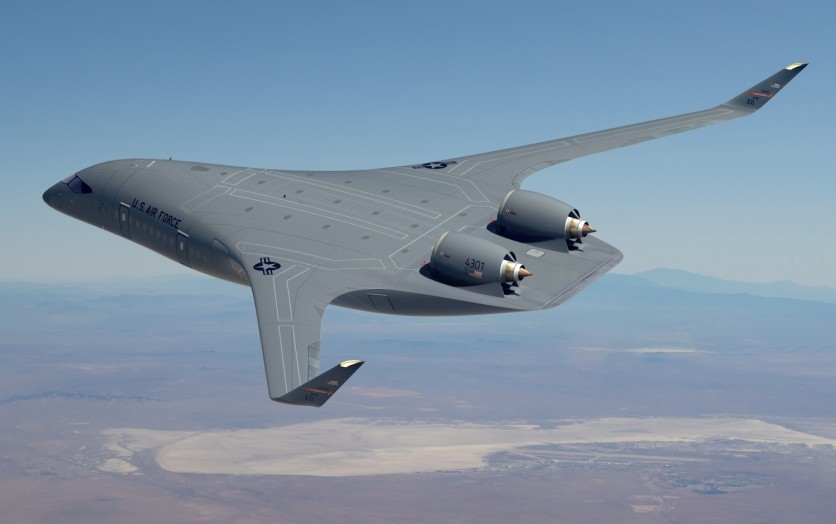The US Air Force has chosen JetZero to progress to the next phase of its blended wing-body prototype aircraft project on August 16.
This endeavor aims to advance blended wing body (BWB) technology and demonstrate its capabilities, providing both the department and the commercial sector with more choices for future air platforms.

Blended Wing Body
Unlike conventional tube-and-wing aircraft, the BWB integrates the aircraft body with its high-aspect-ratio wing, reducing aerodynamic drag by a minimum of 30% and generating extra lift, as explained by the Air Force.
This heightened efficiency will pave the way for extended range, longer loiter times, and enhanced payload delivery efficiencies-features that play a pivotal role in managing logistics risks.
"Blended wing body aircraft have the potential to significantly reduce fuel demand and increase global reach," commented Secretary of the Air Force Frank Kendall. He emphasized the importance of swift and efficient movement of forces and cargo over long distances as a critical capability in bolstering national security strategy.
The BWB offers various configurations suitable for military transport purposes. These aircraft configurations collectively account for roughly 60% of the Air Force's annual jet fuel consumption.
Aligned with the fiscal year 2023 National Defense Authorization Act provisions, the Department of Defense has pledged an investment of $235 million over the upcoming four years to expedite the advancement of this dual-use technology, and there is an expectation of supplementary private investment.
The initiative is a collaborative effort involving the Department of the Air Force, the National Aeronautics and Space Administration (NASA), and the Defense Innovation Unit, with support from the DoD's Office of Strategic Capital.
"Milestone for the Air Force"
Dr. Ravi Chaudhary, assistant secretary of the Air Force for Energy, Installations, and Environment, remarked, "This announcement marks another game-changing milestone for the Air Force in our efforts to maintain the advantage of airpower effectiveness against any future competitors."
Dr. Chaudhary, who previously served as a C-17 Globemaster III pilot and engineer, is leading endeavors to enhance operational energy efficiency, fostering greater agility for theater commanders.
The Air Force noted that although the concept of BWB has existed for decades, recent advancements in areas such as structural design, materials technology, and manufacturing have made large-scale production feasible.
The development of this technology is poised to benefit the commercial aviation sector as well, including passenger airlines and air freight companies. It could increase cabin or cargo space while lowering operational fuel expenses.
The Air Force Operational Energy Office anticipates the possibility of completing initial flight testing as early as 2027, marking a significant step forward in harnessing the potential of blended-wing body aircraft.
Related Article : US Air Force's New System Helps Jets Navigate Using Earth's Magnetic Field: Satellite-Based GPS No Longer Needed?

ⓒ 2025 TECHTIMES.com All rights reserved. Do not reproduce without permission.




